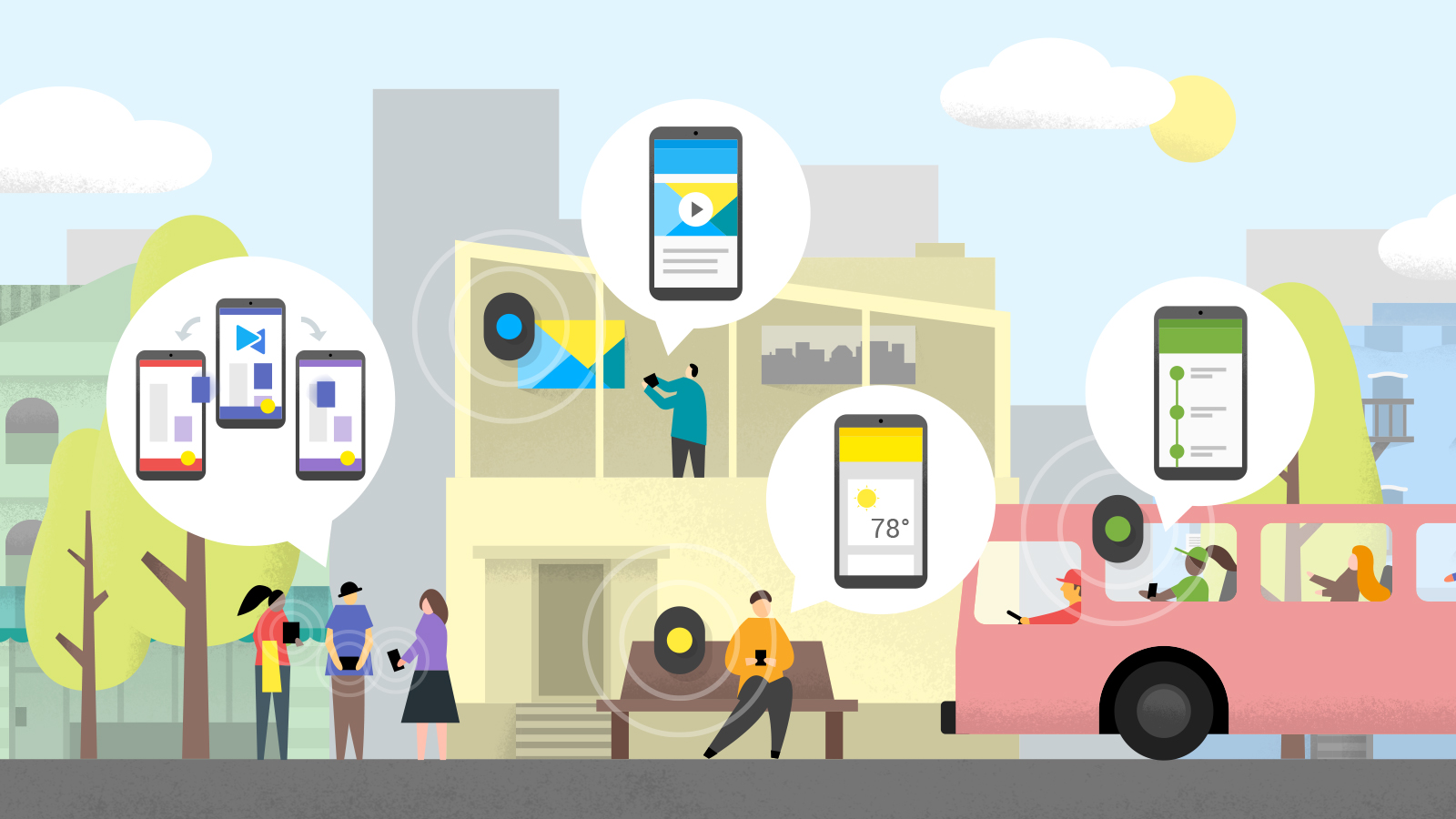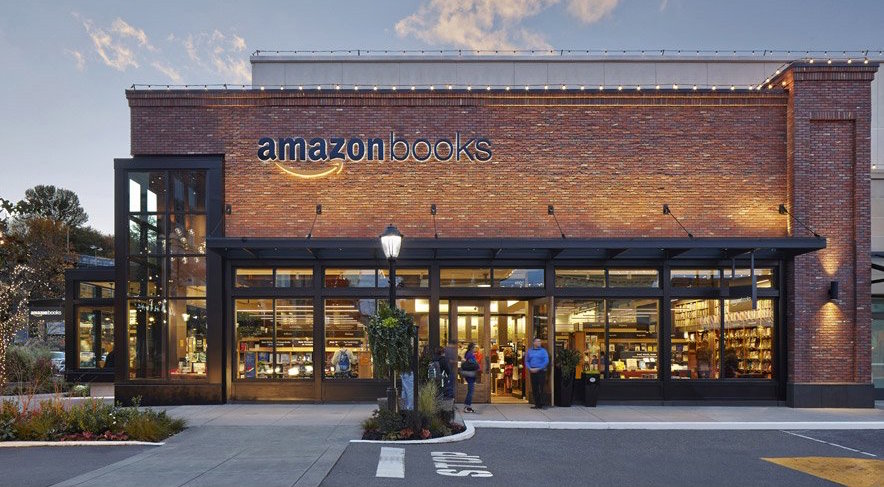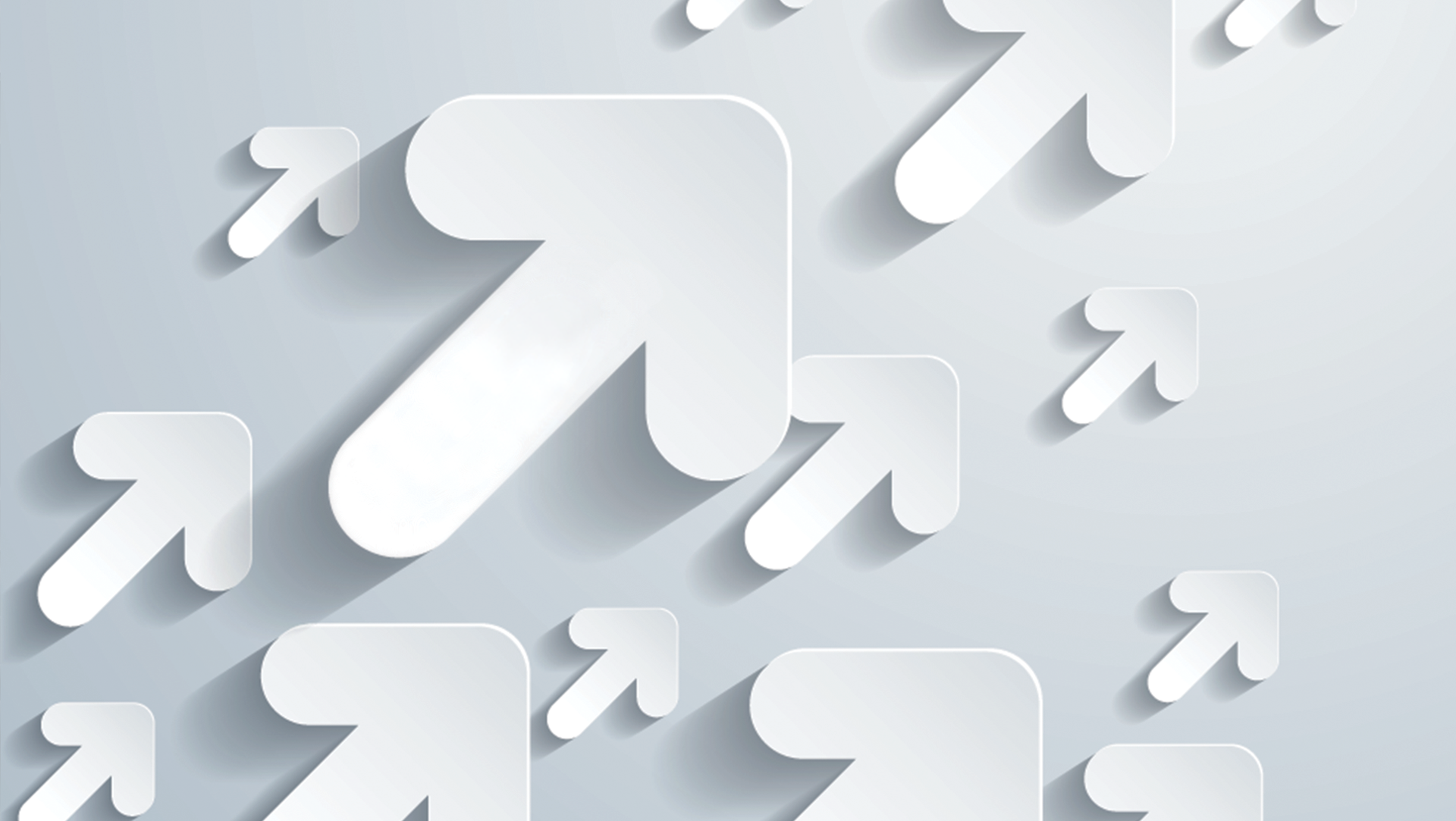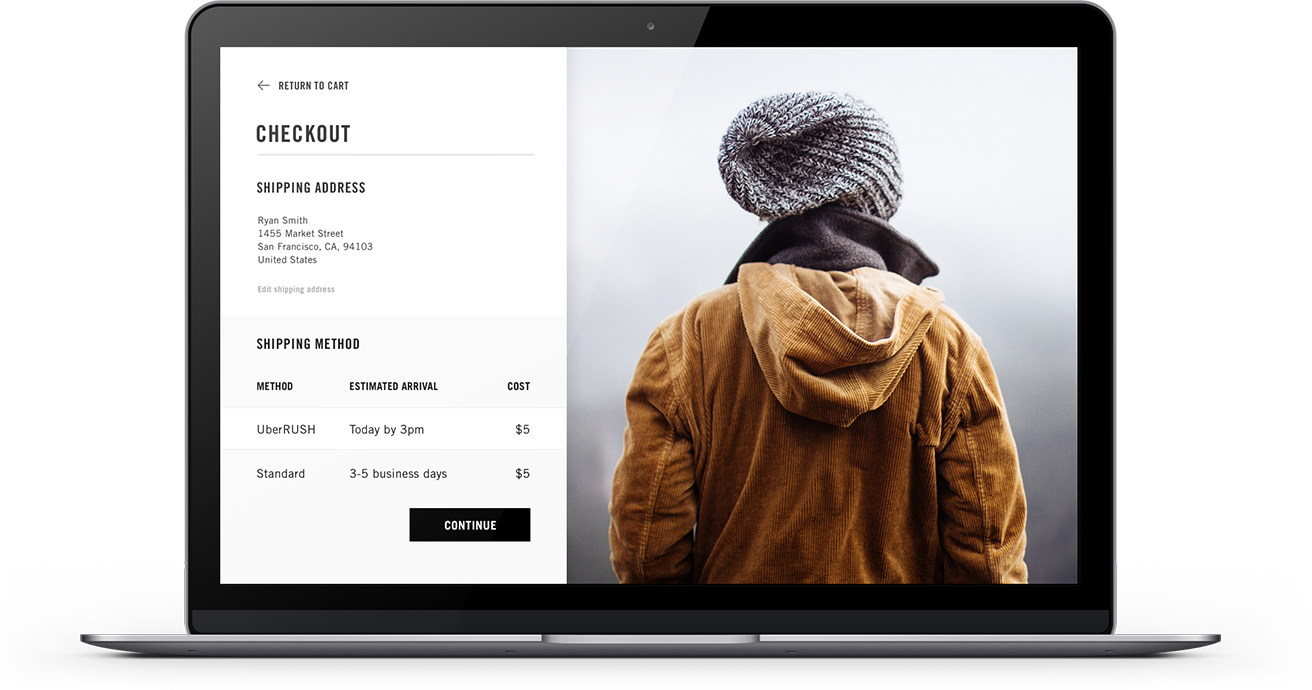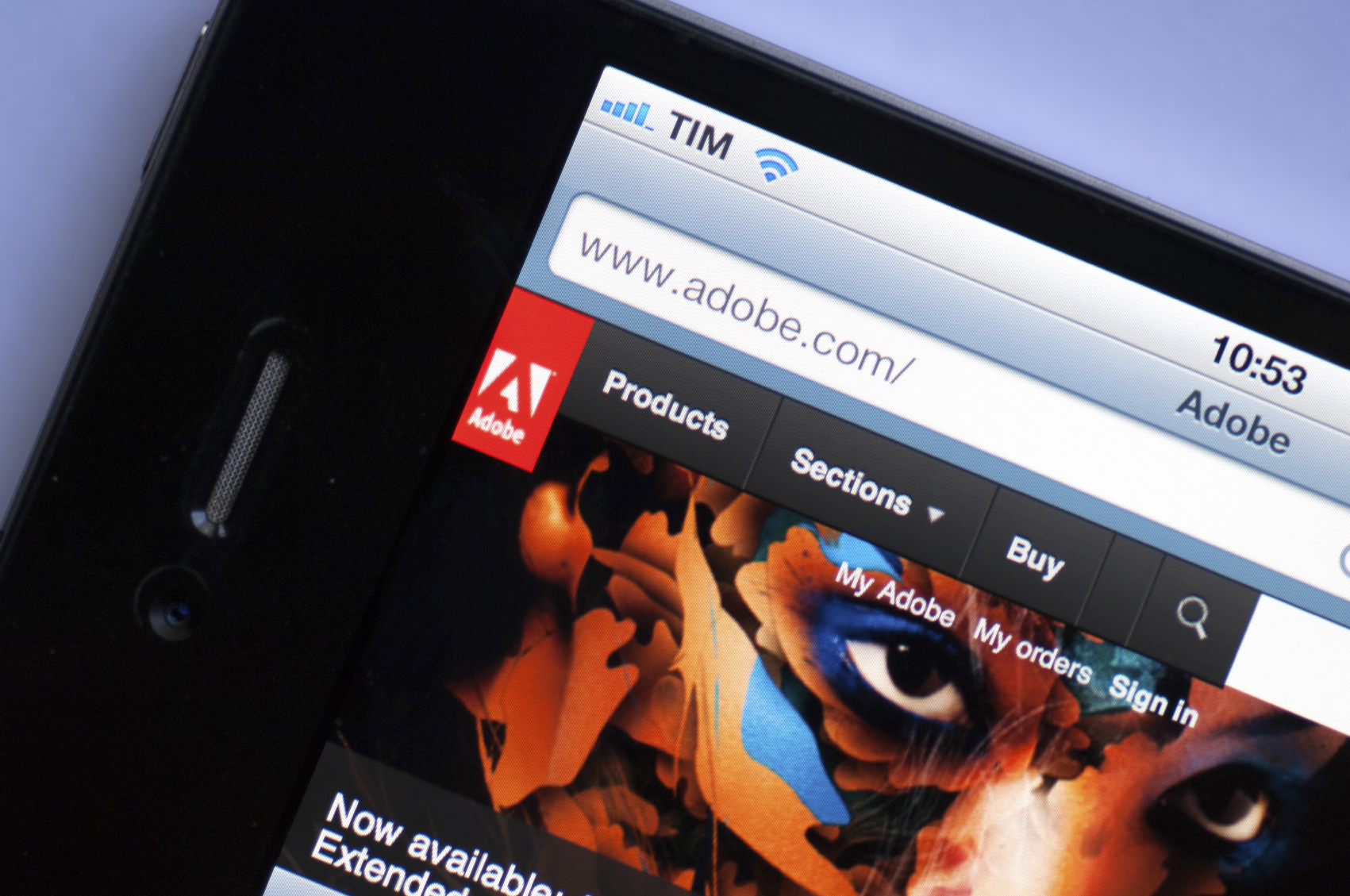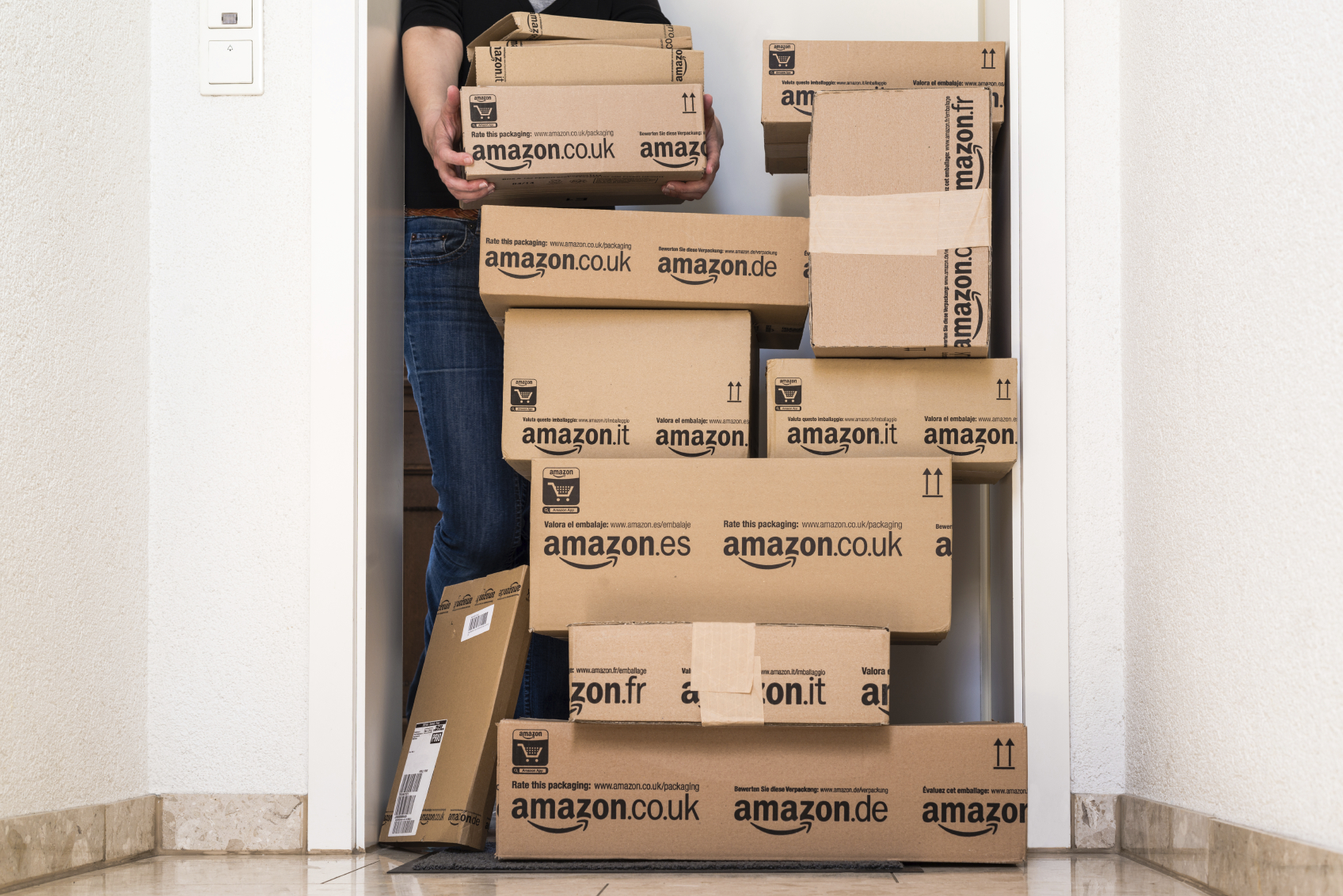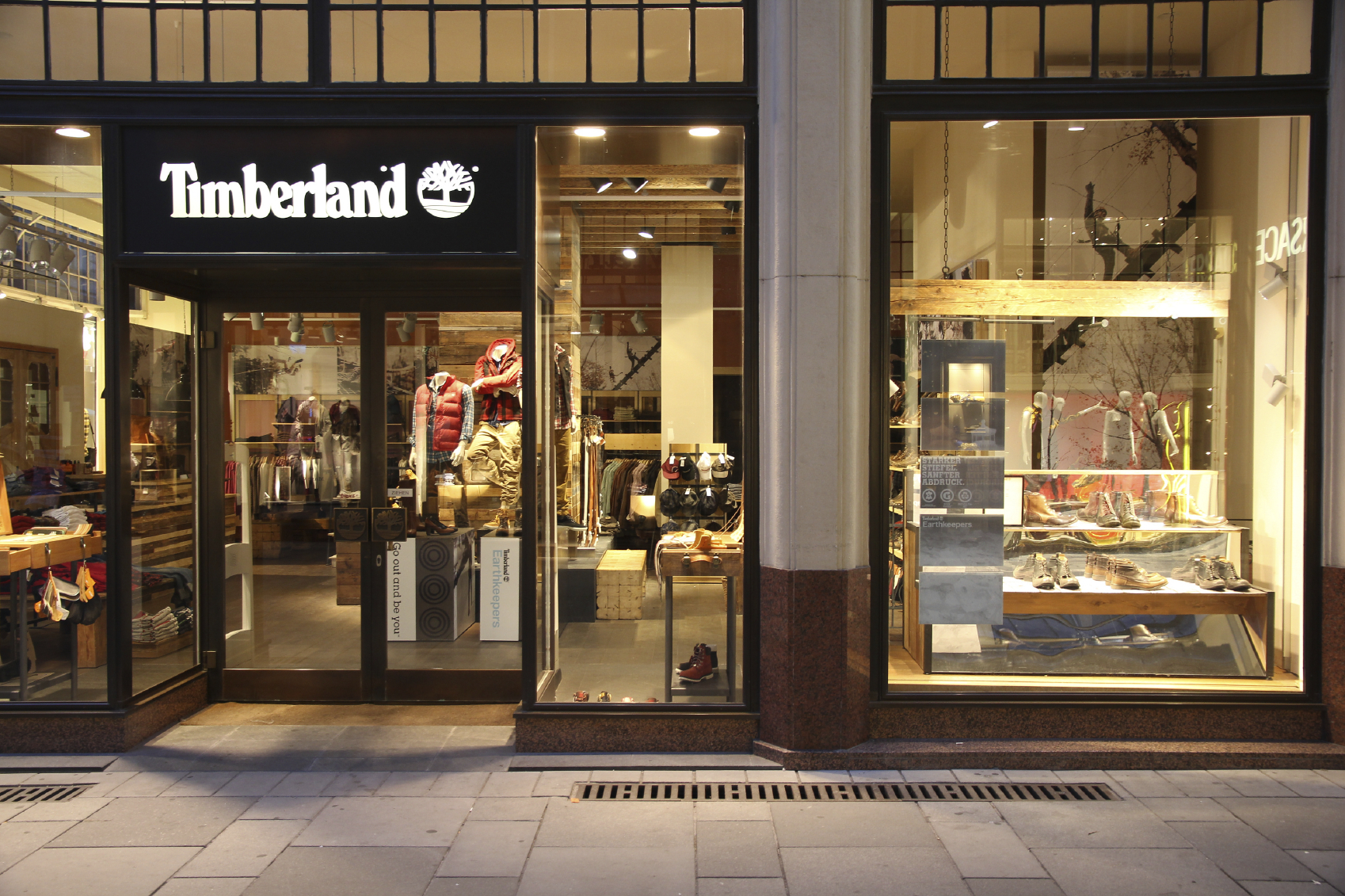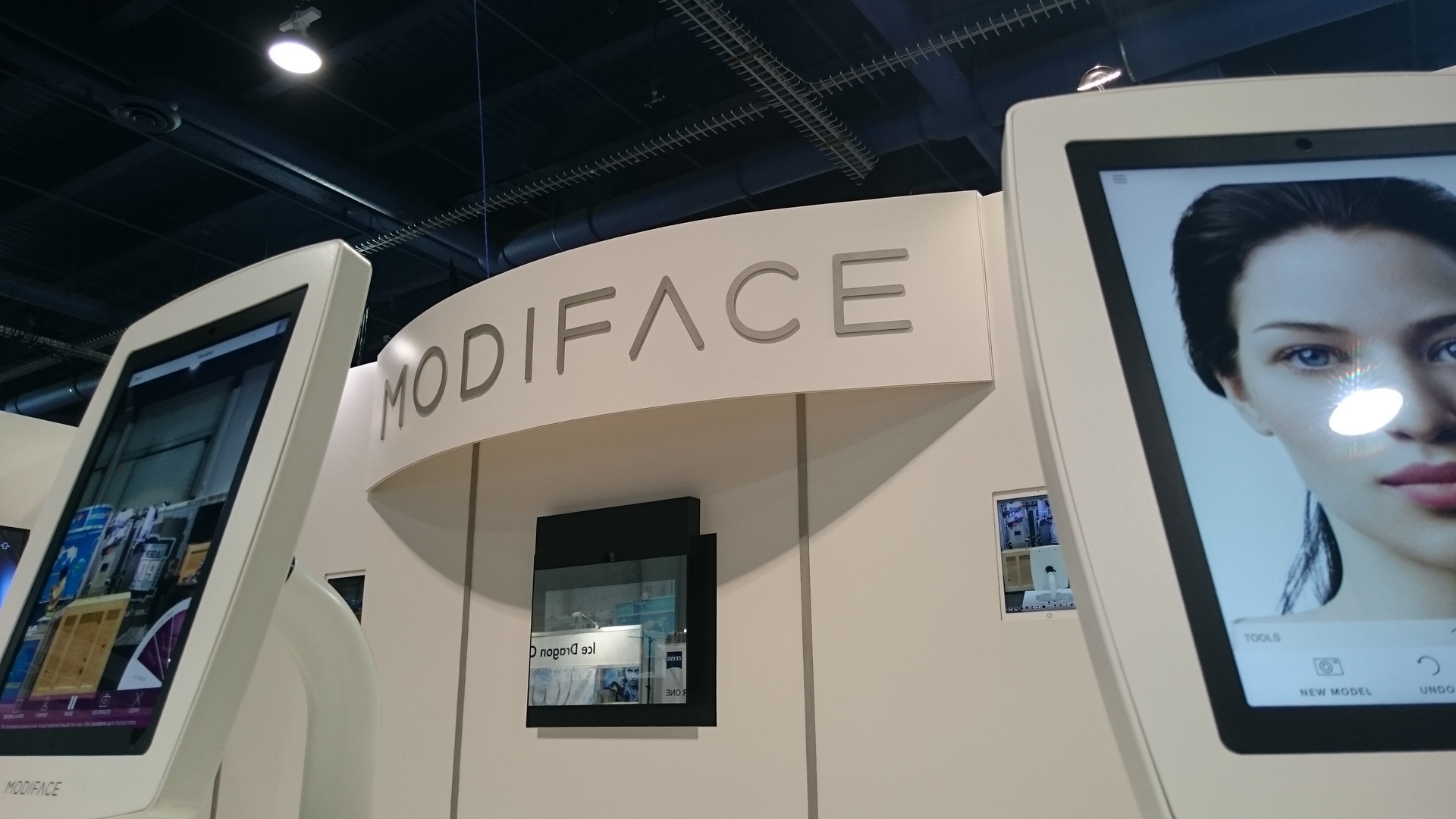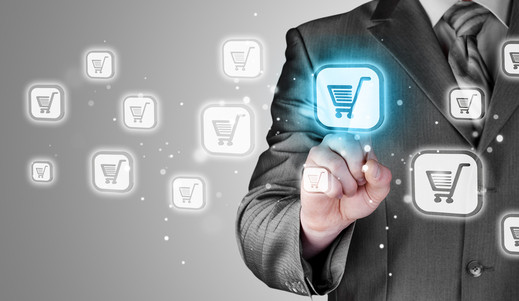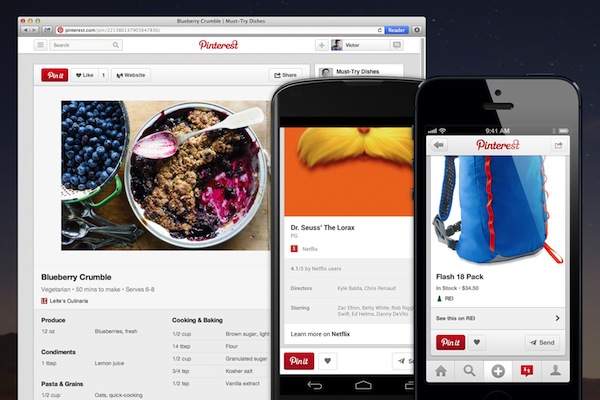What Happened
Last July, Google launched its own beacon initiative Eddystone to compete with Apple’s iBeacon, and now it is expanding the reach of its beacons by adding the capability of recognizing and interacting with nearby beacons to its Chrome browser apps. Starting with version 49, currently in beta, Chrome for Android will be able to read and interact with these Eddystone beacons.
What Brands Need To Do
With this addition, stores employing beacons will be able to reach a larger user base of devices that can detect and communicate with beacons, which has become an increasingly popular tool among retailers to provide product information and value offers to customers in store or retarget them online later. For more details on how brands can utilize beacons to improve shopping experience and reach more customers, check out the Boundless Retail section in our new Outlook 2016 here.
Source: 9to5 Google
Image courtesy of Google Developer Blog
